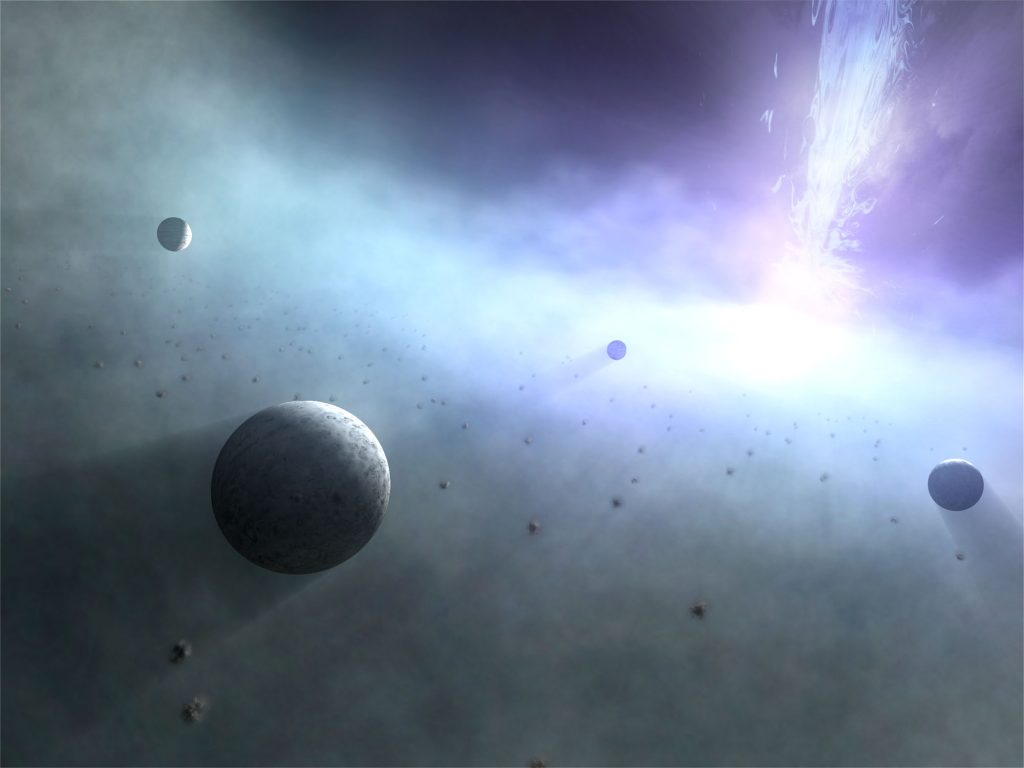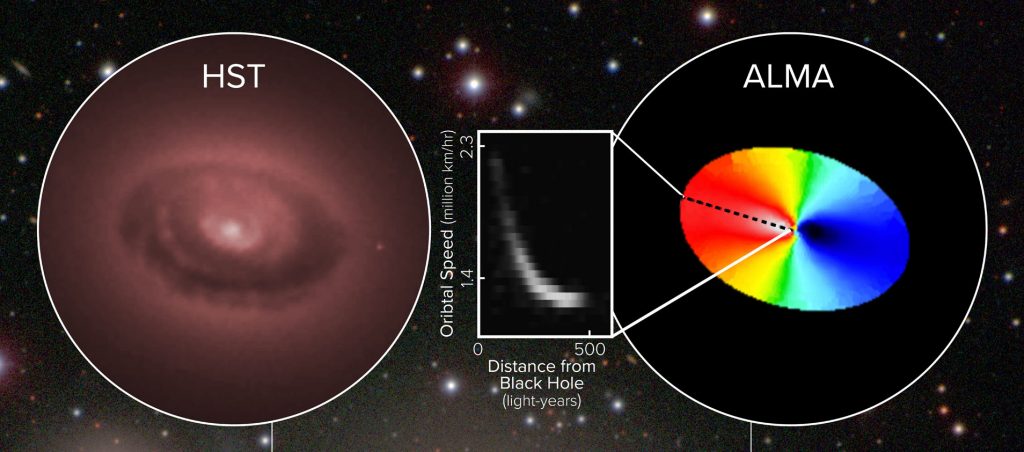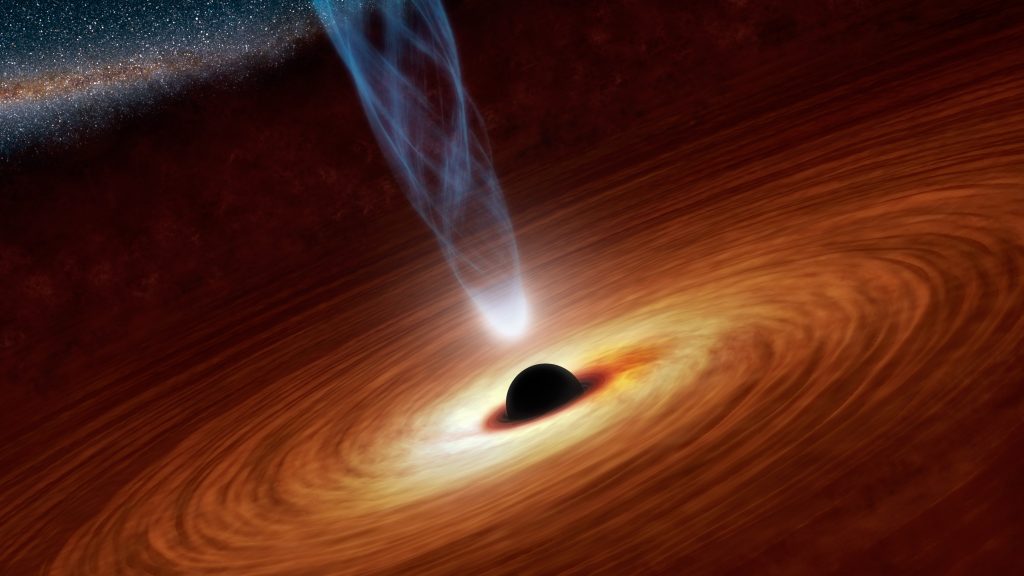A black-hole Sun: planets could also form around black holes
What does a builder of worlds need to form planets? A protoplanetary disk made out of a suitable material in which differences in density can develop, and an object at the center of the system that acts as a common center of gravity and uses its force of attraction to prevent the cloud of material from floating off into infinity. Until now it had been assumed that these conditions were met primarily by stars. But apparently much more exotic planetary systems are also conceivable, as Japanese researchers have now described in a study. The scientists took a closer look…





